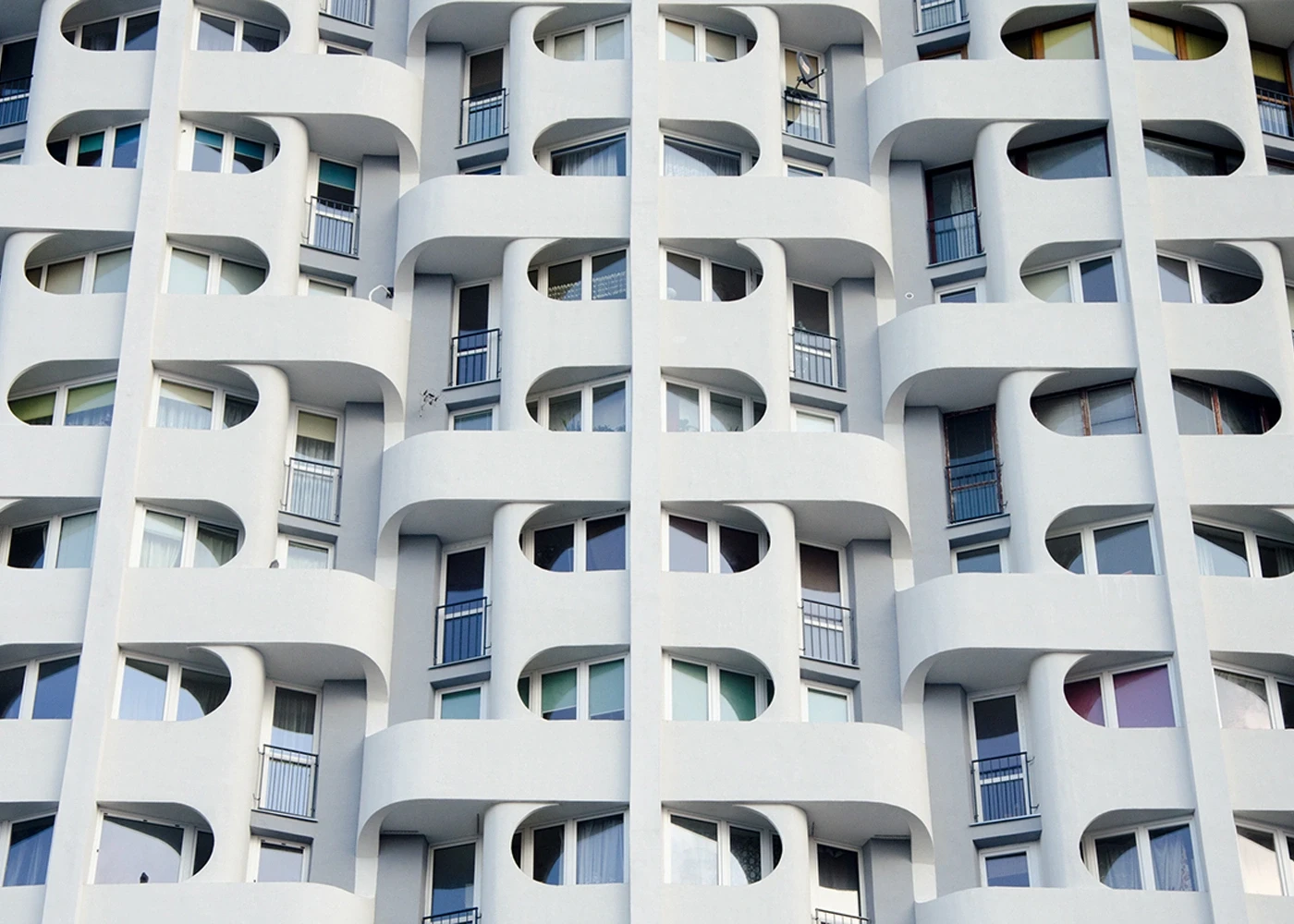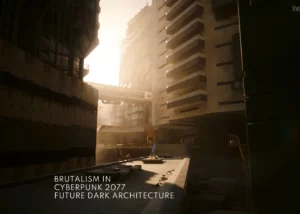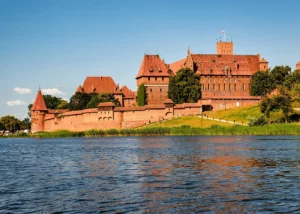Brutalism Architecture Style
Brutalism is arguably the most disliked and misunderstood architectural style of the 20th century. Its name comes from the French term “béton brut,” meaning raw concrete. The name was coined by British architects Alison and Peter Smithson, who aimed to clearly distinguish themselves from the previous generation of modernists, which, according to the proponents of the new style, had completely deviated from their own ideals. Brutalism gained traction in the 1970s, but its origins can be traced back to Le Corbusier’s inspirations, particularly his late modernist Unité d’Habitation in Marseille and the Secretariat Building in Chandigarh.
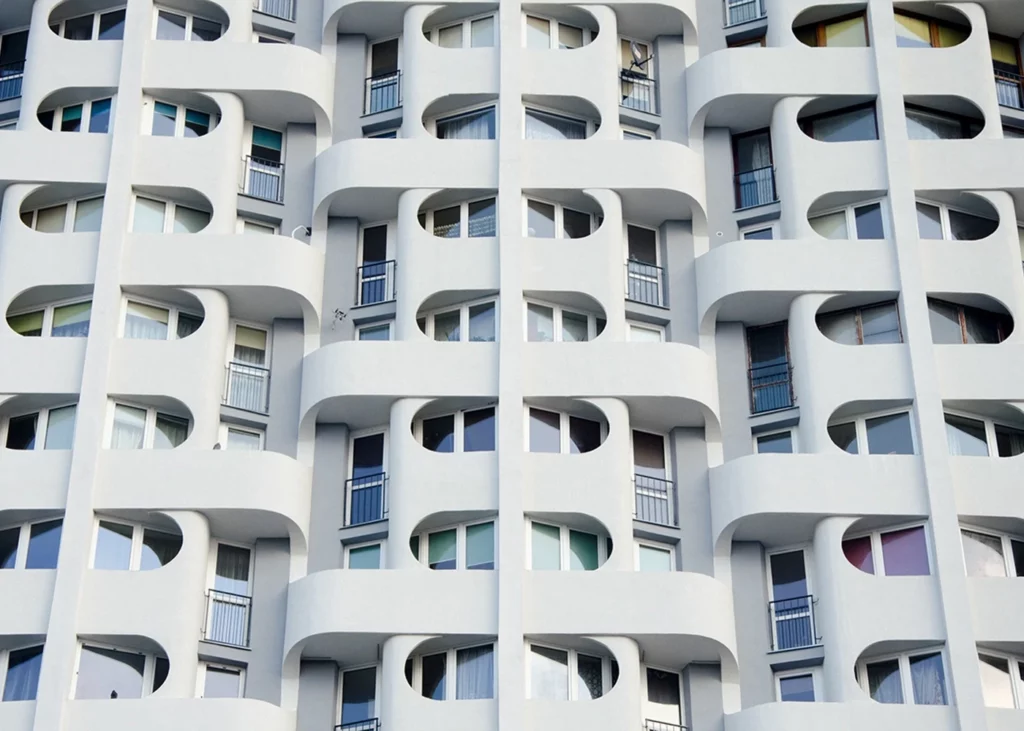

The ideologists of brutalism asserted that the use of materials in architecture should be rethought entirely. Context and metaphors needed to be discarded. There should be no pretense that reinforced concrete masses are anything more than just construction material. Hence, brutalist structures lack any form of finish, and up close, one can discern the texture of wood used for formwork imprinted on raw concrete.
A building might be perceived as brutalist due to its harsh and raw shapes, block-like appearance, and the expression of its structural elements. The building’s form depends on the shape and arrangement of individual rooms, usually emphasizing their massiveness and irregularity.
Brutalism is connected to modernism and minimalism, often even mistaken for them. They share many characteristics – a fascination with geometry, reinforced concrete, and regularity. In contrast, brutalism stands out with its occasionally disturbing and sometimes fascinating use of elements that starkly contrast with the rest of the building’s structure, as well as the aforementioned irregularity. Another common feature is the “projection” of many building functions to the exterior. For instance, there was theorizing that pedestrian pathways such as staircases, corridors, skywalks, and underground passages should be distinguishable from the outside of the building and should not intersect.
Brutalism was accompanied by a utopian social ideology. It aimed to construct a new society in which aesthetics wouldn’t overshadow ethics. To break away from the conformist penchant for beauty and order. The social decline of people residing in some of the mass-produced brutalist housing blocks, coupled with the energy crisis and the resulting phenomenon of 1970s “urban decay,” led to the downfall of brutalism both ideologically and architecturally.
Brutalism – Critique Critics of brutalism argue that it is inhumane and disconnected from its context. Instead of attracting and integrating communities, these structures alienate individuals who are overwhelmed by unfriendly architecture. The imposing masses of reinforced concrete stand apart from their surroundings from a distance, appearing foreign and menacing. Moreover, raw concrete doesn’t age well. Stains appear, and concrete quickly darkens. In perpetually damp and porous structures, fungi can take hold, or even moss can grow on the surfaces. In regions with harsh winters, structures crack due to frost. Additionally, there’s an economic argument – heating such buildings is very challenging, and repairs are costly. It’s not surprising that the demolition of no other type of architecture is met with such numerous displays of neighbors’ joy as in the case of brutalist buildings.
The expression of awe voiced by architectural critics of that era – “the barbaric strength of its enormous block-like protrusions and jutting cantilevers multiplying over the coniferous trees of the botanical garden inspires a fascination worthy of a mastodon,” makes us reflect on the transience of architectural styles. What we admire today might be seen as synonymous with what is extremely ugly just 30 years later.
Examples of Brutalism architecture
Examples of Brutalism in Architecture Currently, brutalist buildings are commonly encountered in artistic contexts. Here are a few of the most popular brutalist structures. These aren’t all the buildings constructed in this style, but they serve as a good sample of its versatility, leading to the creation of truly magnificent edifices.
1. 33 Thomas Street, New York, USA
33 Thomas Street is a 550-foot (170 m) windowless building in the Tribeca neighborhood of Lower Manhattan in New York City. It was designed by architect John Carl Warnecke and constructed between 1969 and 1974. The building was originally designed as an AT&T telephone switching center, but it is currently used by various companies, including the National Security Agency (NSA).
The Brutalism Architecture building is known for its stark, Brutalist design. It is made of concrete and granite, and its facade is devoid of windows. The building has six protrusions that house ventilation shafts, stairs, and elevators.
33 Thomas Street is often referred to as the “Five” or the “Gunbox”. The building is heavily guarded and is not accessible to the public.
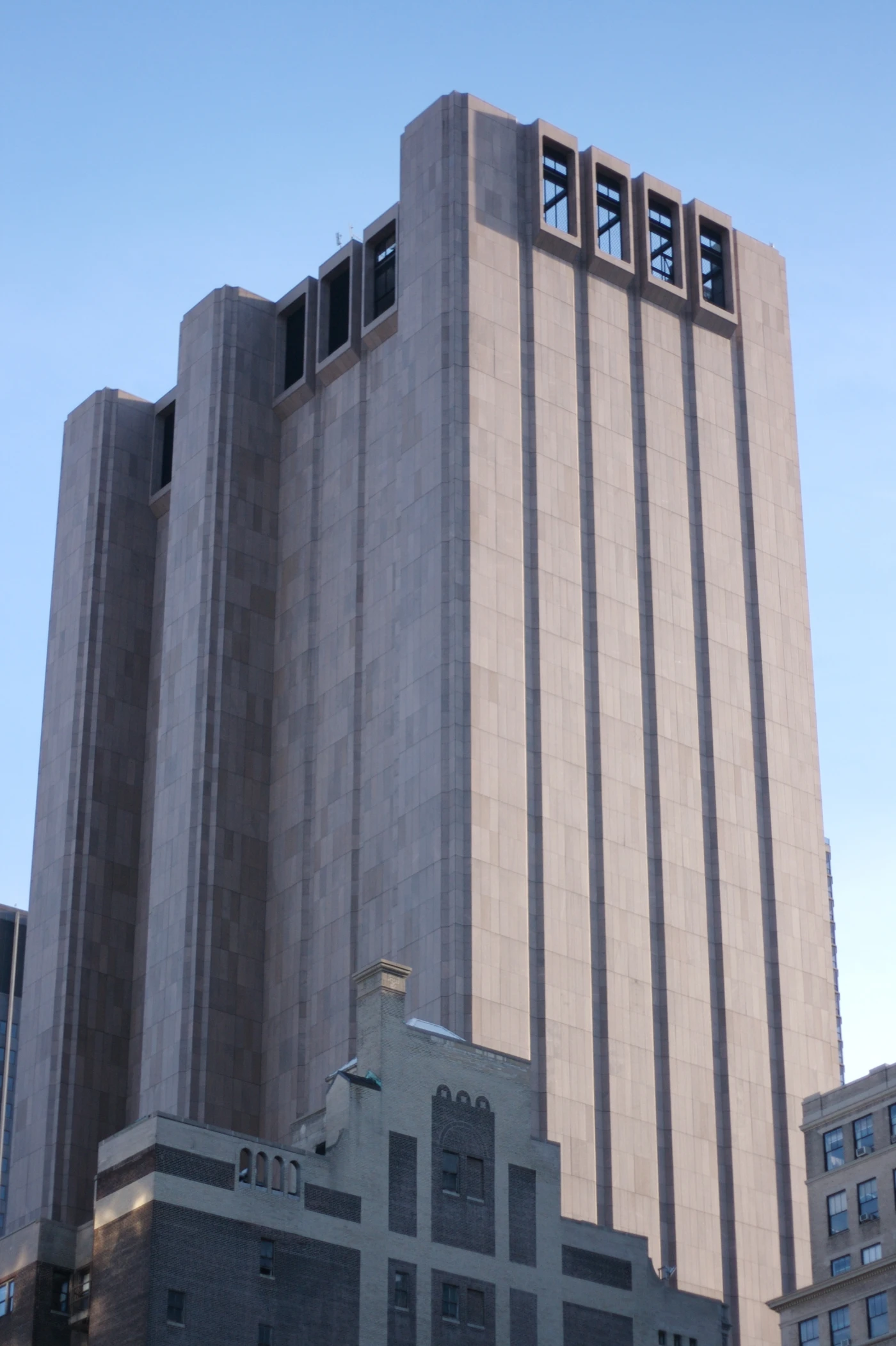

Source Wikipedia
2. Torre Velasca, Milan Concrete, Italy
The primary element of this building. Located in Milan, it stands at 106 meters high and comprises 26 stories. The tower was designed by architects Ernesto Nathan Rogers and Enrico Peressutti. It was built between 1956-1958.
It emerged on land destroyed during bombings in World War II. It features a monochromatic, monumental design distinguished by its height and double structure that expands at the top of the building.
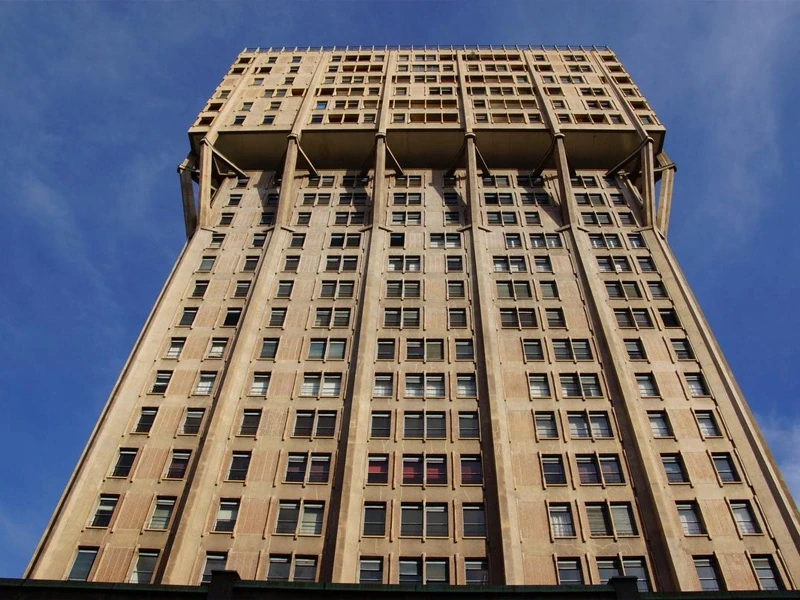

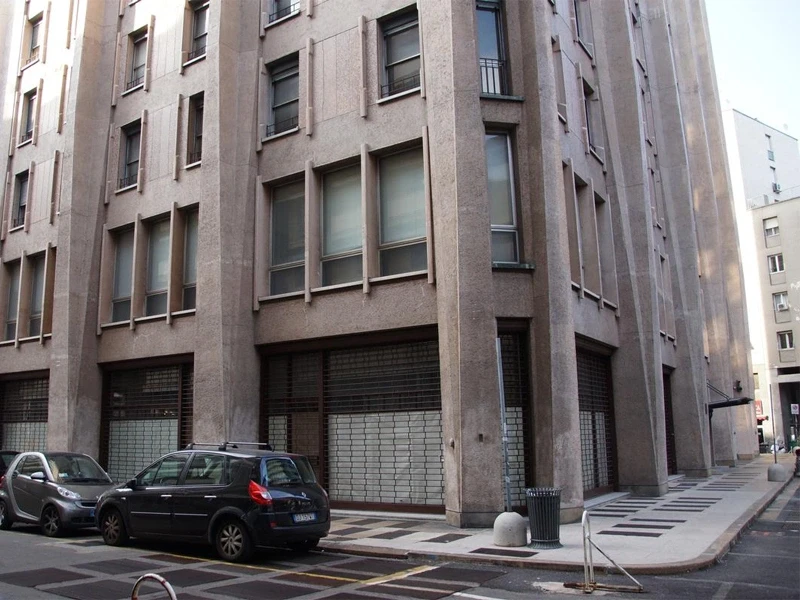

3. Place Grunwaldzki, Wroclow, Poland
It combines residential and office spaces, and its height reaches 81 meters, making it one of the most imposing towers in the capital. It consists of 23 stories. The structure is crowned by a roof that opens like a tree. The primary construction material is reinforced concrete, and the building is supported by its external walls.
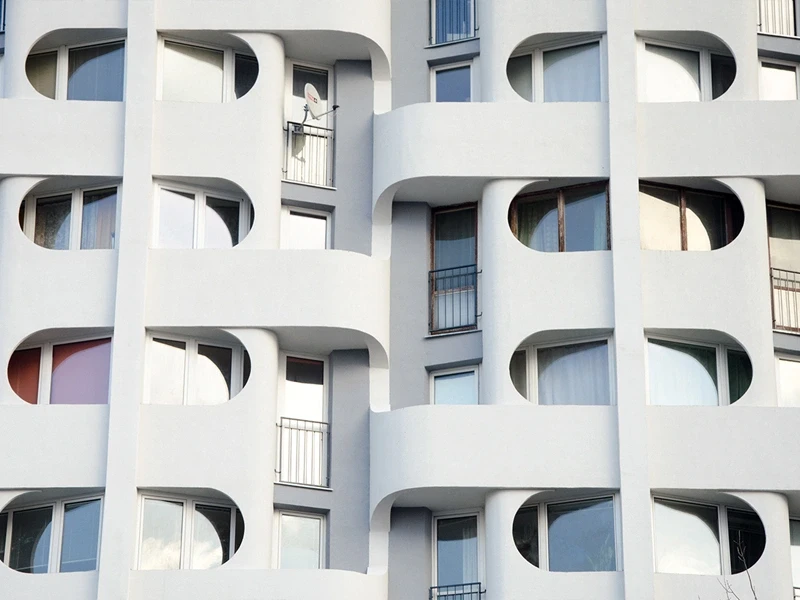

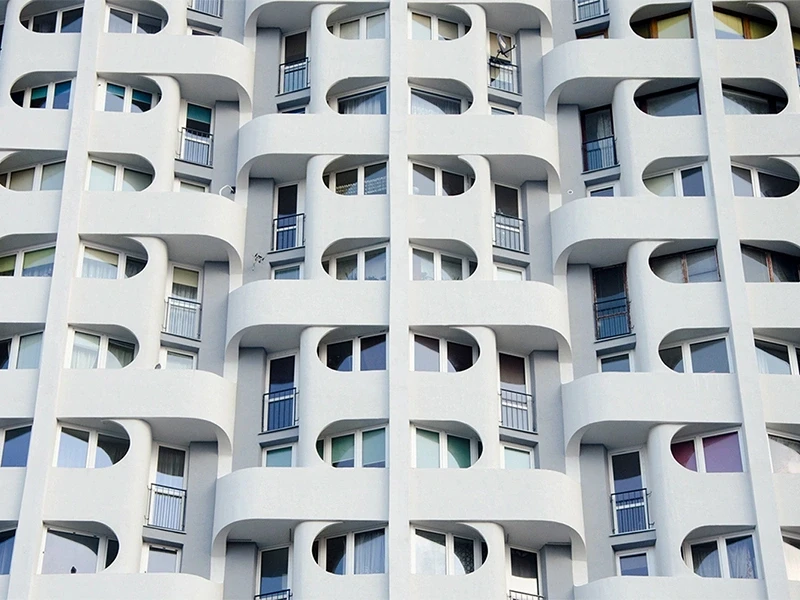

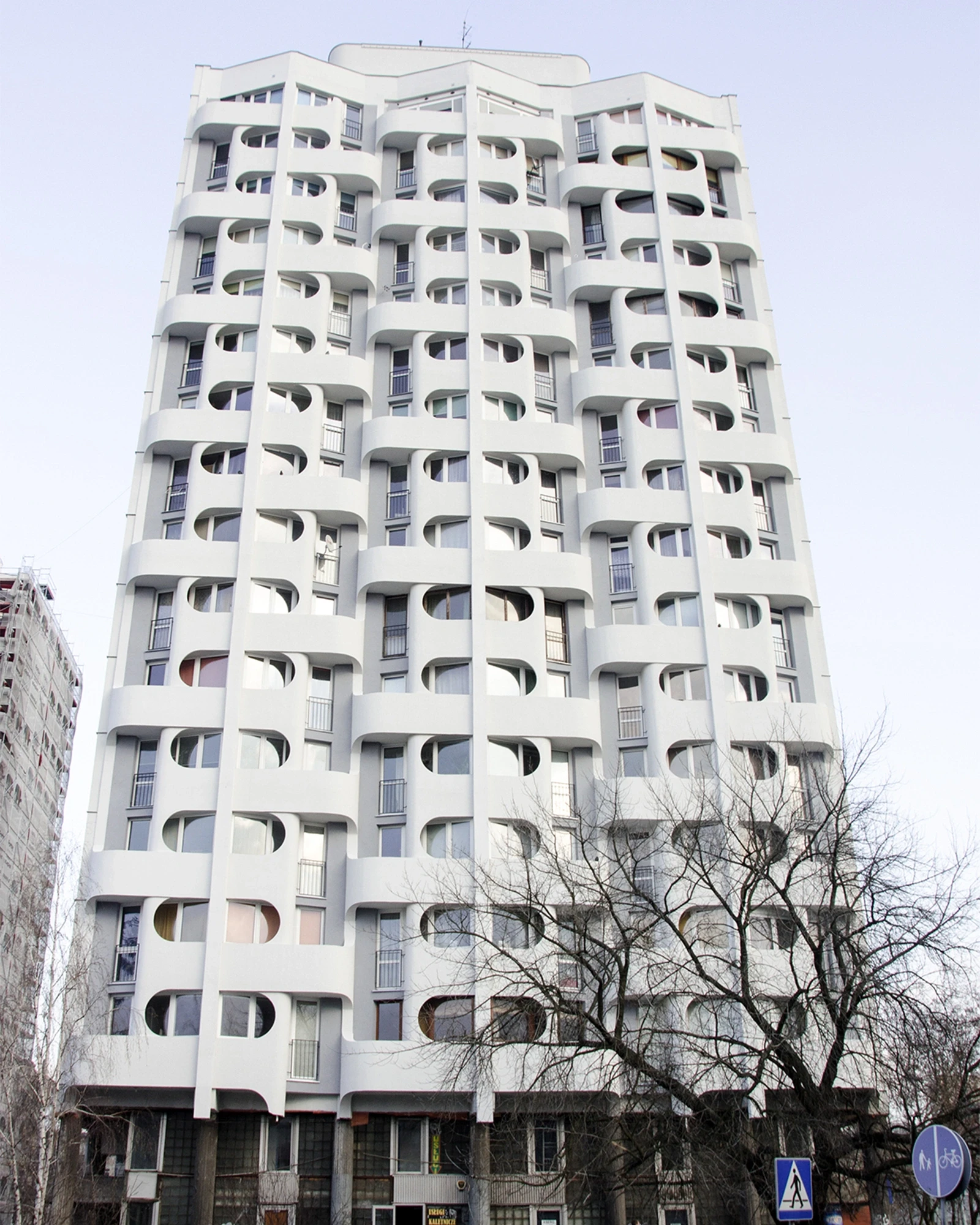

Source Behance, Magdalena Piskor
4. Habitat 67, Montreal, Canada
This building represents a more artistic expression of brutalism. It plays with geometric forms, creating a solid yet cohesive structure. Brutalism Architecture Moshe Safdie designed it as part of his graduate work. His intention was to solve the issue of living space in the area.
The project was named Habitat 67. It presents an extravagant and daring vision of brutalism. It stood out not only for its aesthetics but also for its innovation in sustainable residential construction in urban areas. The construction used 354 concrete blocks to create 158 residential units.
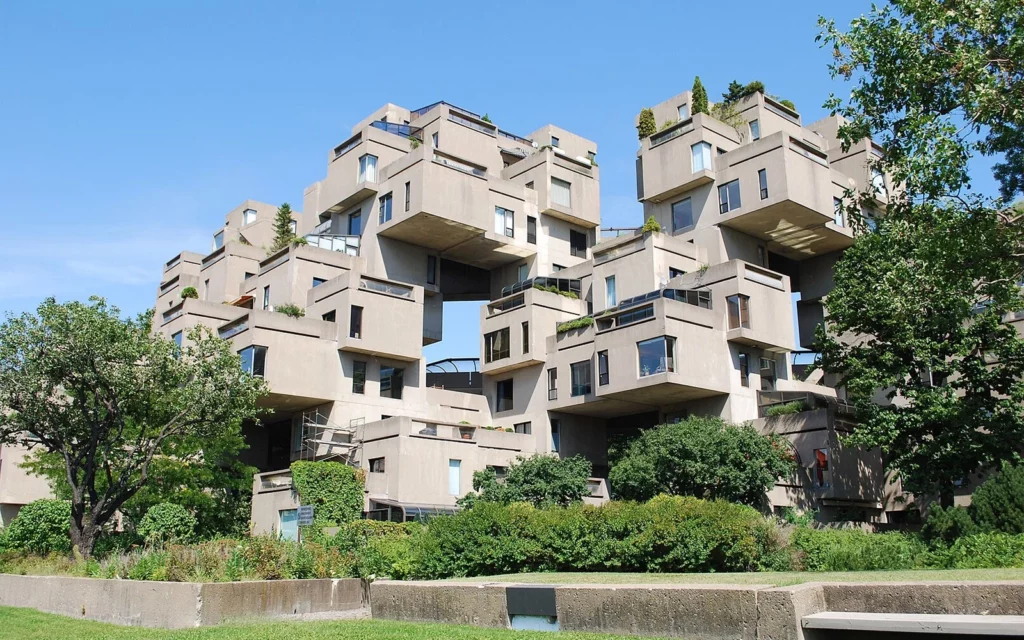



5. Torres Blancas, Madrid, Spain
An outstanding example of brutalist architecture in Spain. It’s a standalone tower in Madrid that incorporates geometric figures into its structure. Built-in the 1960s by Francisco Sáenz de Oiza, a renowned architect who decided to live in the tower until the end of his life.
It combines residential and office spaces, and its height reaches 81 meters, making it one of the most imposing towers in the capital. It consists of 23 stories. The structure is crowned by a roof that opens like a tree. The primary construction material is reinforced concrete, and the building is supported by its external walls.
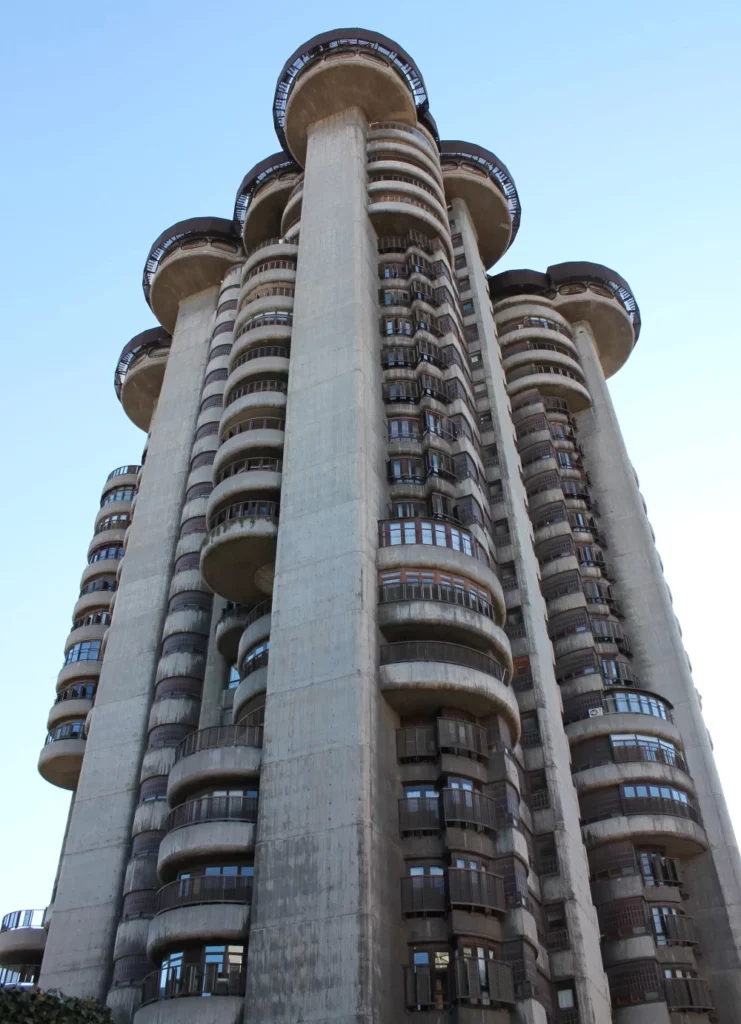

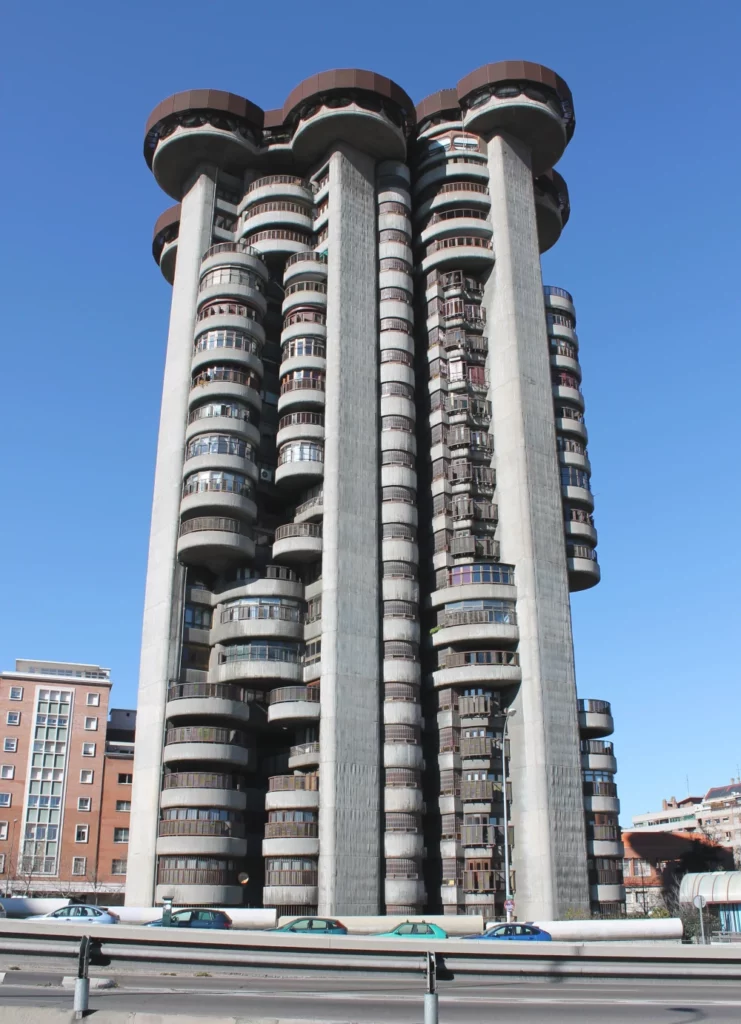

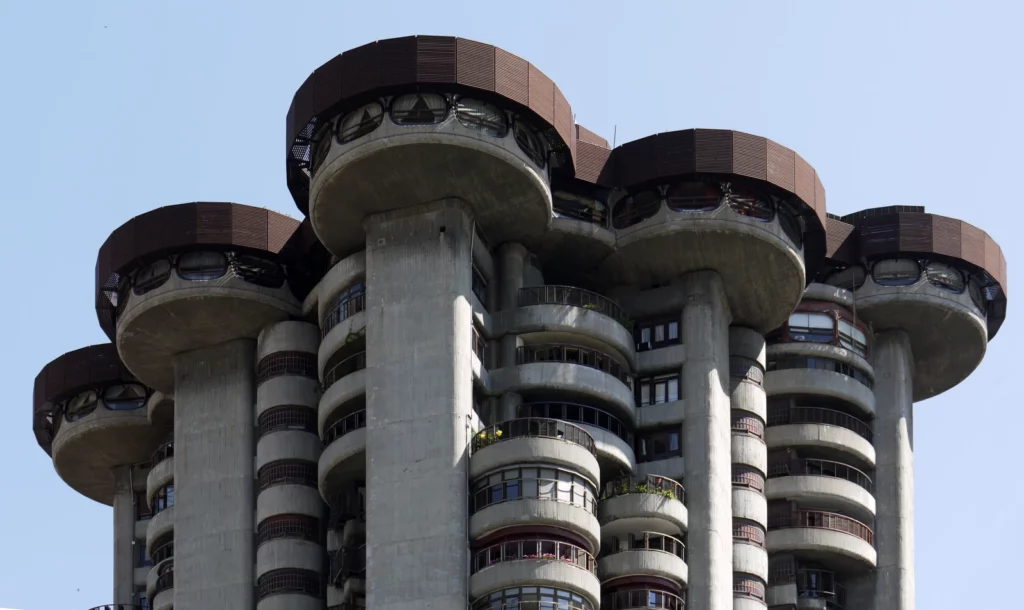

6. Seattle UW Kane Hall, University of Washington, Seattle, USA
Named after former UW President Thomas Kane, Kane Hall offers a variety of rooms and auditoriums to accommodate almost any event from large classroom lectures to private conferences.








Source website, Seattlebrutalism.com
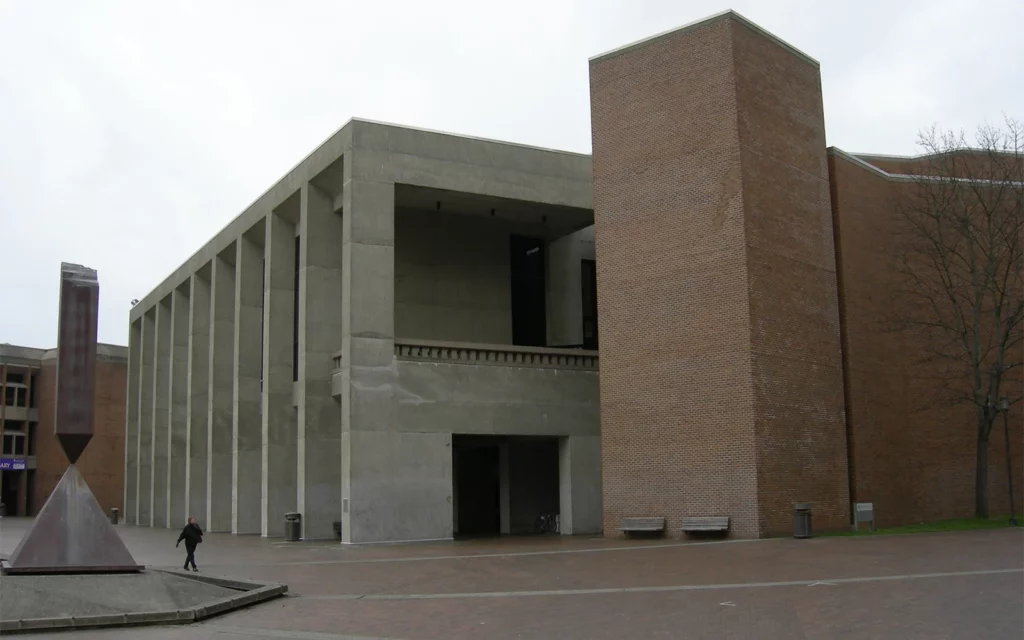

Is Brutalism Making a Comeback in Architecture?
Is Brutalism Making a Comeback in Architecture? In recent years, the popularization of various architectural styles on social media has become a trend. Brutalism is at the forefront here – for instance, there are over a million posts with the hashtag #brutalism on Instagram. What has caused the resurgence of this style’s popularity? It’s hard to provide a definitive answer, but some attribute it to the fact that brutalist structures are difficult to alter and stand out for their durability, which might be appealing to certain architects.
